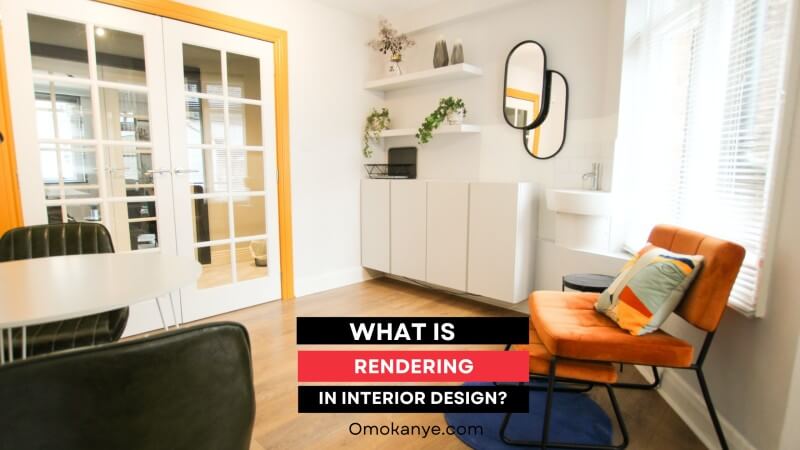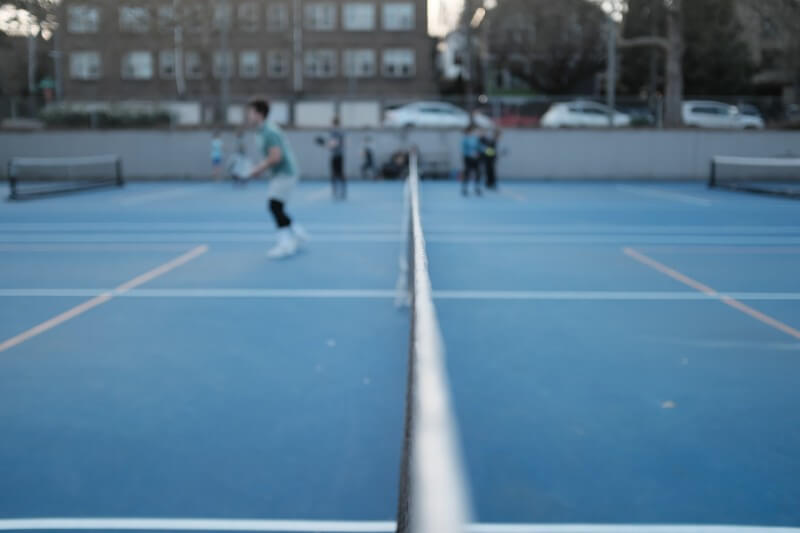Rendering helps to resolve some design-related issues and have them fixed even before they show up. In interior design, rendering helps the designer to not only discover some of the likely issues on time, but also add value to the design.
This article is about what rendering is in interior design and some of the importance.
The Meaning of Rendering in Interior Design
There are different ways to explain this term, but the simplest is that rendering in interior design has to do with the pre-assessments and steps taken to make the final design as realistic as possible.
What Goes into Interior Design Rendering?
For an interior design to be considered “rendered,” it must include the following specifics:
Scale Drawing
This is one of the most important attributes. The rendering must include a scale drawing, which can be made with the help of 3D visualization and modelling programs.
The goal? To give an idea of what the final outcome of the design would be like.
The Positions of the Components
The scale drawing, which is usually in a Three-Dimensional (3D) format, also shows the positions or placements of the following:
- Appliances
- Structural components and;
- Pieces of furniture.
Realistic Drawing
The scale drawing is also made to be as realistic as possible. It is thus called photorealistic interior architecture rendering because of these reasons:
- It gives an overall look and ambience of the design.
- The interior design rendering also helps the clients to have an idea or impression of what the end-product or final design will look like.
Why Designers & Businesses Should Invest in Interior Design Rendering
Also known as 3D interior design; there are several reasons why following this method will help make the job easier for designers.
In addition to showing the clients what they will likely get when the job is finished; here are additional benefits of rendering in interior design:
a. 3D Interior Design Rendering Boosts Customers’ Confidence
You may have been contacted for the job because of referrals, but you would need to prove your mastery to be hired.
That is why rendering in interior design is important:
- It helps the designer to visualize or use the combination of distinctive lights and shadows to give the clients an idea of what the end-product will be like.
- Rendering is also a good attempt at walking the customers through the design processes or iterations.
b. Interior Design Rendering is Accurate
You cannot afford to make mistakes when working on an interior design project. To further reduce the chances of making such mistakes, use 3D interior design for these reasons:
- Give the clients a “complete picture” of the design, by developing a rendered design of the end-product.
- The rendering process also helps to aptly-capture important attributes, such as: patterns, wallpapers, artworks, lighting, appliances, furniture, paints, color schemes and curtains.
c. Interior Rendering is Important in Marketing
If your business is looking to attract more investors; it makes sense to let these investors into the specifics of what they are committing their resources to. A 3D-rendered version of the end-product will be helpful because of these reasons:
- 3D interior visualization depicts the micro details of the interior project.
- Through the creation of presentations; interior design renders help the target audience/buyers to have an idea of what to expect when the product is launched.
d. Interior Design Rendering Cuts Across Different Industries
You can use the renders across different industries, and not just for homes and offices. For example, you can use it to:
- Help a brand attract stakeholders, investors and buyers to “buy into” what the product offers.
- 3D interior design rendering can be used for both the promotion of commercial, residential and industrial interior projects.
e. Interior Rendering Makes Customizations & Personalization Easier
Since interior design rendering shows what the final product will be like, your customers might as well seize the opportunity to customize it further.
The customization options are usually unlimited because of the extensive list of configurations that can be incorporated into one design. These include:
- Shading
- Colors
- Readymade 3D models
- Textures
- Floors
- Materials
- Wood species and;
- Angles
f. It Makes Customer Comprehension Better
Rather than keep telling the clients what you intend doing; why not show them? With 3D interior design visualization, it is simpler to make your clients understand what you want to do for them.
With a detailed rendering or visualization of the end-product; you are sure of creating that imaginary representation in their minds.
g. Rendering Saves Time in Interior Design
The time spent going back-and-forth can be slashed in two and one part put into better use – working on the interior design. You’d be able to achieve that with 3D visualization of the process.
Here is why it is important:
- Through 3D interior design, you can be sure of not making any miscalculations or inaccuracies. Even if you made that, rest assured that they would be detected and fixed on time.
- You will be able to get the clients’ approval and take not of customizations so you get to work at once.
h. Rendering Saves Money for Clients
Your clients would be able to save a considerable amount of money when they allow you to make an interior design rendering.
From reducing the bureaucracies of seeking approval and not having to spend again to fix some mistakes – the process is cost-saving.
Also Read:
- Requirements for Designing a Perfect Pickleball Court
- Architectural Symbolism: Decoding Hidden Meanings in Buildings
Major Concerns About Rendering in Interior Design
There’s no doubt that you would be able to save costs, time and factor-in the realistic aspect of the design with 3D interior design.
However, these are some of the challenges you may have to find a way around:
- The costs could add up quickly, especially if you are looking at using 3D rendering with photorealistic effects.
- Due to costs and process considerations; one may be forced to consider other demonstration methods.
- Rendering in interior design does not apply to every project, so you may not get that “realistic” outcome.
Final Thoughts
Interior design rendering helps to “bring the project to life” even before it is started. The key to getting the most out of it is seek professional 3D visualization, which includes using software-aided rendering tools and automated processes to visualize the end-product.
Finally, rendering is an effective method of breaking down the hitherto complicated design process to clients, as well as capturing their attention and approval from start to finish.
Would you like to hire a US-based professional architect for your pickleball court design and other architectural services, contact me today to share your expectations with me. Check out my Upwork profile to see reviews about my work.











[…] What is Rendering in Interior Design? […]